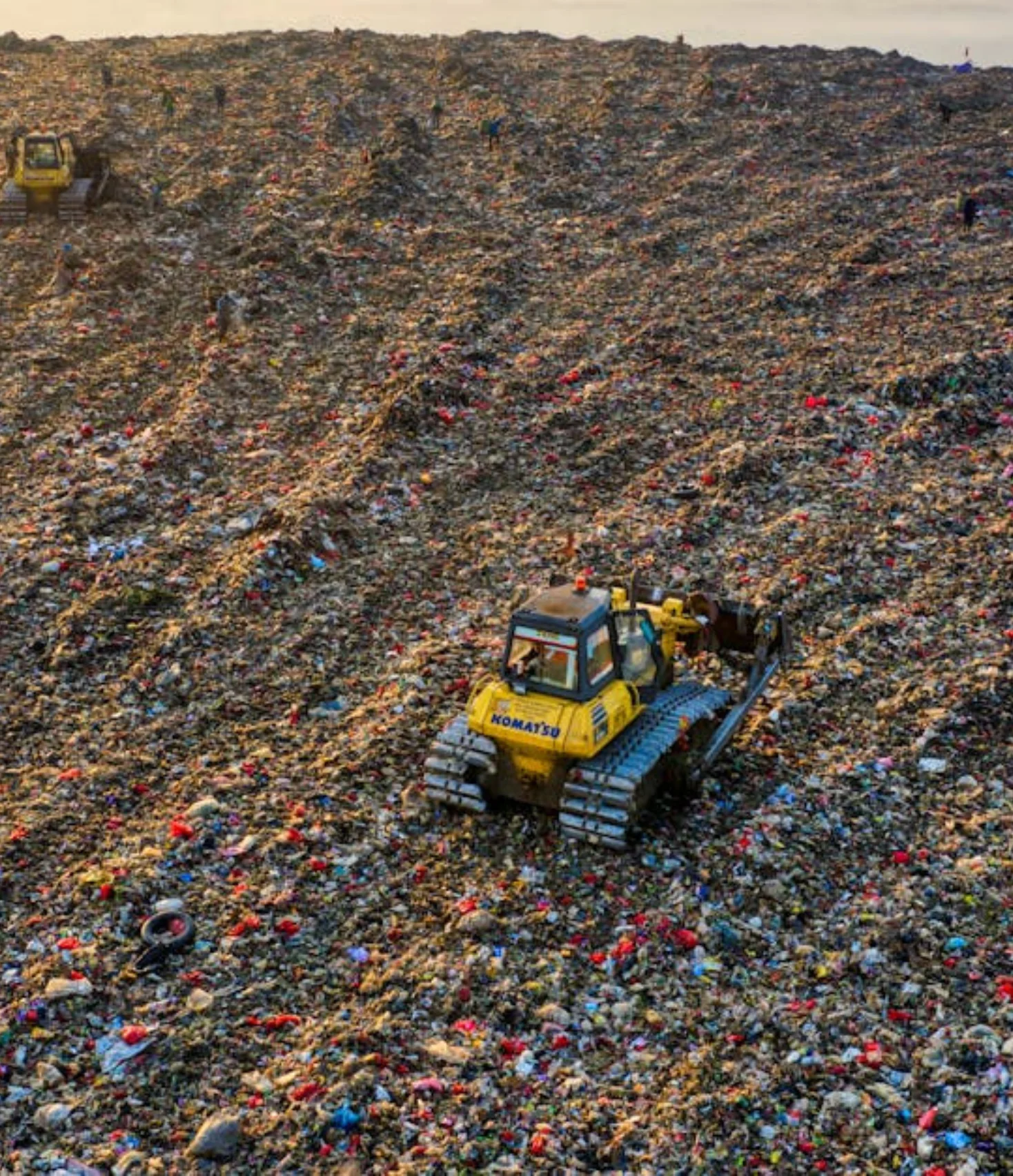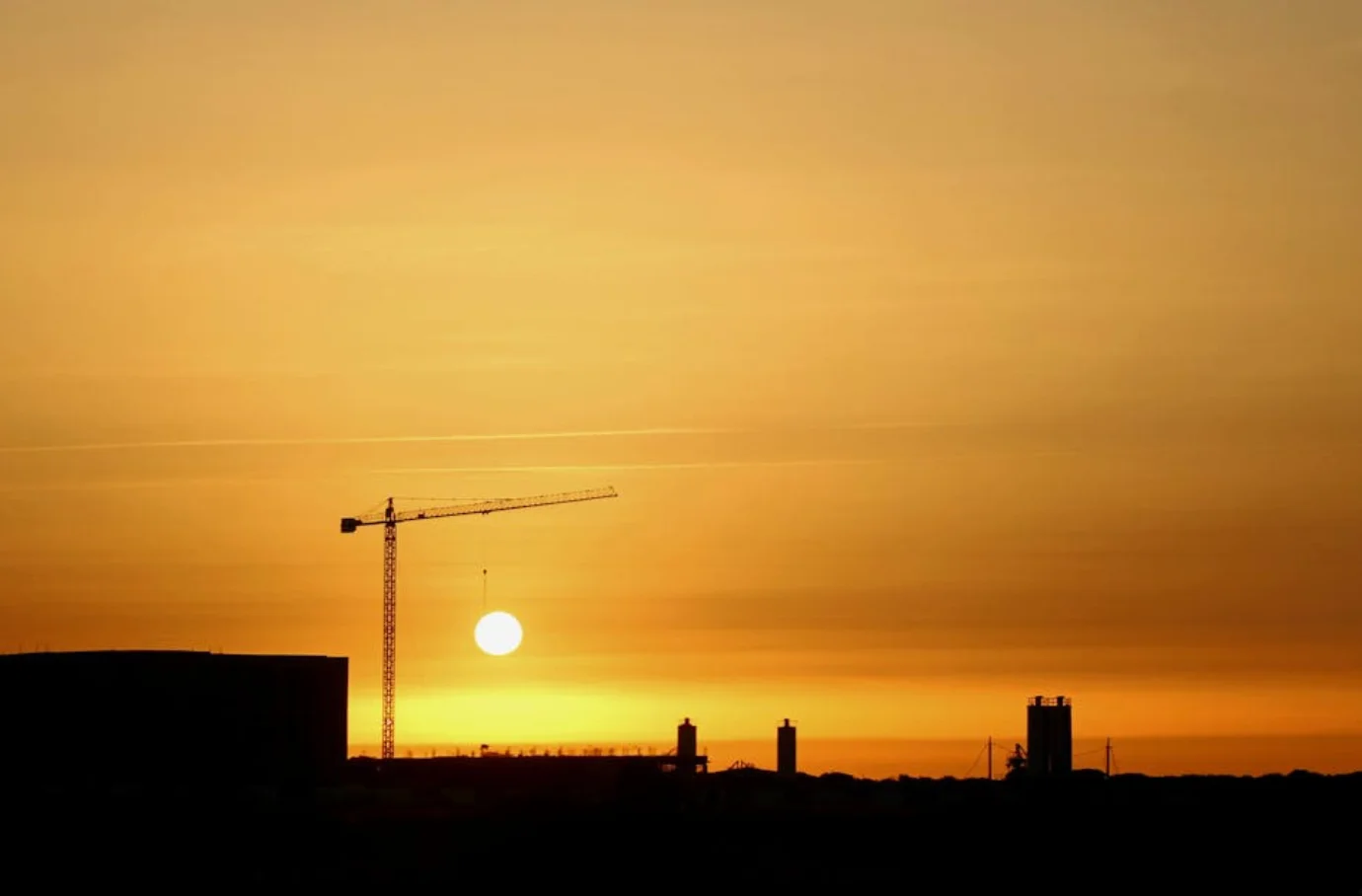When exploring options for commercial waste management, one of the most pivotal choices is between mobile and stationary waste compactors. The wrong decision can mean persistent headaches: underutilized containers, needless transport, unnecessary costs, or even environmental and safety risks. At Packmat Equipment, we've spent years engineering and deploying advanced mobile waste compaction solutions across North America, and we've seen first-hand that no two sites or workflows are quite the same. To help clarify your decision, let's break down the five key factors that truly matter when comparing mobile versus stationary compactors, and share our unique experience as innovators in mobile compaction tech.
1. Space Requirements: Flexibility vs. Permanence
Whether you operate a busy commercial site, a municipal facility, or a construction project, space is always at a premium. This is where the choice between mobile and stationary systems becomes especially clear-cut.
2. Waste Types: Wet, Dry, or Mixed?
Not all compactors are created equal when it comes to handling various waste streams. The types of materials your operation generates, and their composition, should guide your decision.
3. Volume & Efficiency: Matching Compaction to Your Workflow
Compaction efficiency isn't just about how much you can squeeze into a container, it's also about how much staff time, transport effort, and money you can save by reducing the number of hauls.
4. Operations & Safety: Integration with Your Team
Waste compaction should add efficiency and not put staff or operations at risk. For this, operational workflow and safety integration are vital concerns.
5. Sustainability & Cost: The Real Bottom Line
The pressure to reduce environmental impact, fuel use, and costs is only intensifying. Let’s compare how mobile and stationary compactors stack up in real-world sustainability and cost performance.
Making Your Decision: A Practical Checklist
Why Our Perspective on Mobile Waste Compaction Matters
At Packmat Equipment, we don’t just sell machines, we collaborate with facilities, municipalities, construction sites, and businesses ranging from distribution centers to ecocenters. We know every operation is unique, and we design our equipment to deliver sustainable, safe, and flexible compaction wherever you need it.
Whether you manage a single location or city-wide programs, we’re here to help you "compact your trash, not your container", achieving financial, operational, and environmental goals without compromise.
We love helping businesses crush waste inefficiency for a cleaner, more sustainable future. Want tailored advice or a detailed comparison for your specific operation? Get in touch with Packmat Equipment for a free, no-pressure consultation.
Easy steps to create a color palette
Lorem ipsum dolor sit amet, consectetur adipiscing elit lobortis arcu enim urna adipiscing praesent velit viverra sit semper lorem eu cursus vel hendrerit elementum morbi curabitur etiam nibh justo, lorem aliquet donec sed sit mi dignissim at ante massa mattis.
- Neque sodales ut etiam sit amet nisl purus non tellus orci ac auctor
- Adipiscing elit ut aliquam purus sit amet viverra suspendisse potent
- Mauris commodo quis imperdiet massa tincidunt nunc pulvinar
- Excepteur sint occaecat cupidatat non proident sunt in culpa qui officia
What is a color palette?
Vitae congue eu consequat ac felis placerat vestibulum lectus mauris ultrices cursus sit amet dictum sit amet justo donec enim diam porttitor lacus luctus accumsan tortor posuere praesent tristique magna sit amet purus gravida quis blandit turpis.
Don’t overspend on growth marketing without good retention rates
At risus viverra adipiscing at in tellus integer feugiat nisl pretium fusce id velit ut tortor sagittis orci a scelerisque purus semper eget at lectus urna duis convallis porta nibh venenatis cras sed felis eget neque laoreet suspendisse interdum consectetur libero id faucibus nisl donec pretium vulputate sapien nec sagittis aliquam nunc lobortis mattis aliquam faucibus purus in.
- Neque sodales ut etiam sit amet nisl purus non tellus orci ac auctor
- Adipiscing elit ut aliquam purus sit amet viverra suspendisse potenti
- Mauris commodo quis imperdiet massa tincidunt nunc pulvinar
- Adipiscing elit ut aliquam purus sit amet viverra suspendisse potenti
What’s the ideal customer retention rate?
Nisi quis eleifend quam adipiscing vitae aliquet bibendum enim facilisis gravida neque euismod in pellentesque massa placerat volutpat lacus laoreet non curabitur gravida odio aenean sed adipiscing diam donec adipiscing tristique risus amet est placerat in egestas erat.
“Lorem ipsum dolor sit amet consectetur adipiscing elit, sed do eiusmod tempor incididunt ut labore et dolore magna aliqua enim ad minim veniam.”
Next steps to increase your customer retention
Eget lorem dolor sed viverra ipsum nunc aliquet bibendum felis donec et odio pellentesque diam volutpat commodo sed egestas aliquam sem fringilla ut morbi tincidunt augue interdum velit euismod eu tincidunt tortor aliquam nulla facilisi aenean sed adipiscing diam donec adipiscing ut lectus arcu bibendum at varius vel pharetra nibh venenatis cras sed felis eget.





.webp)